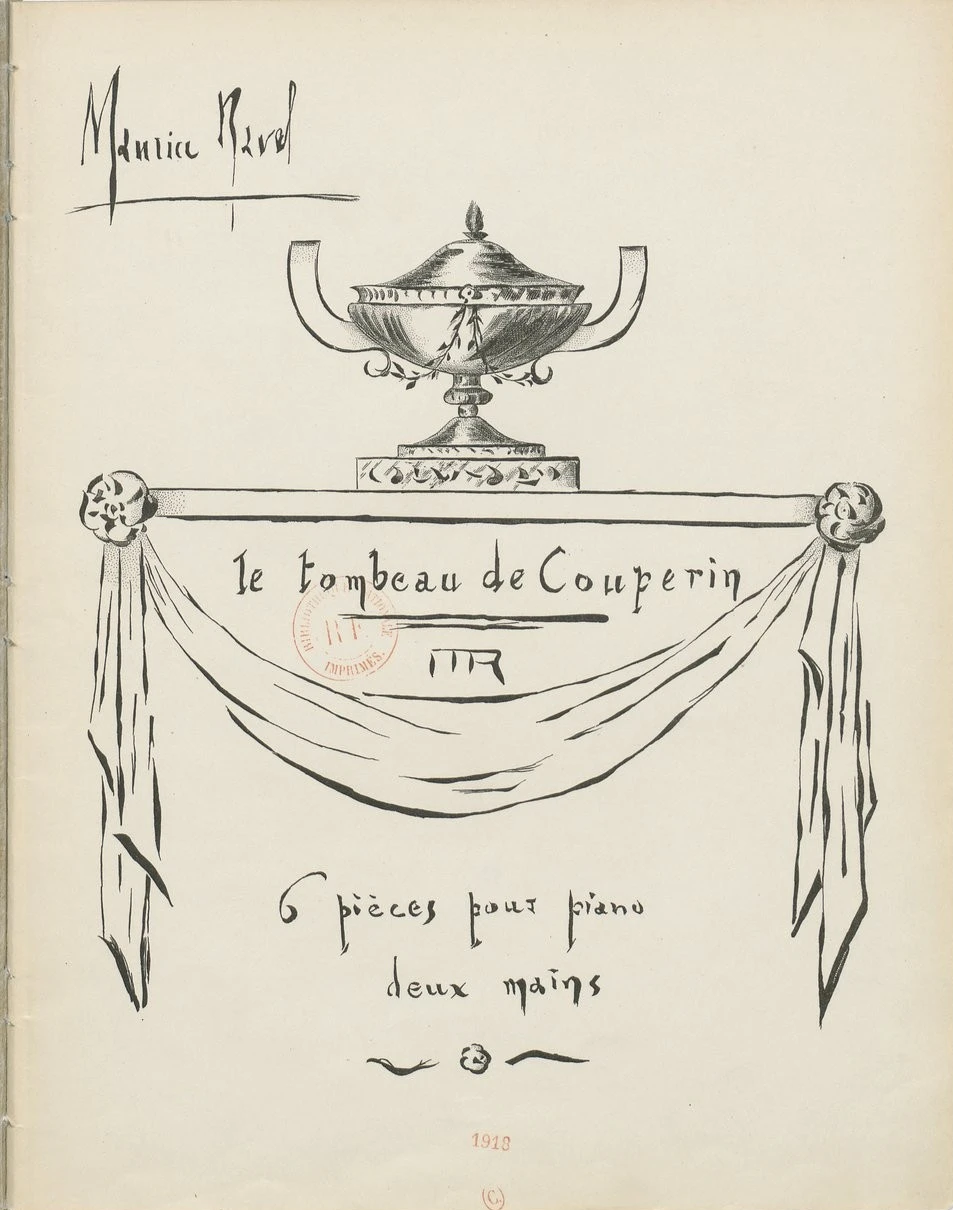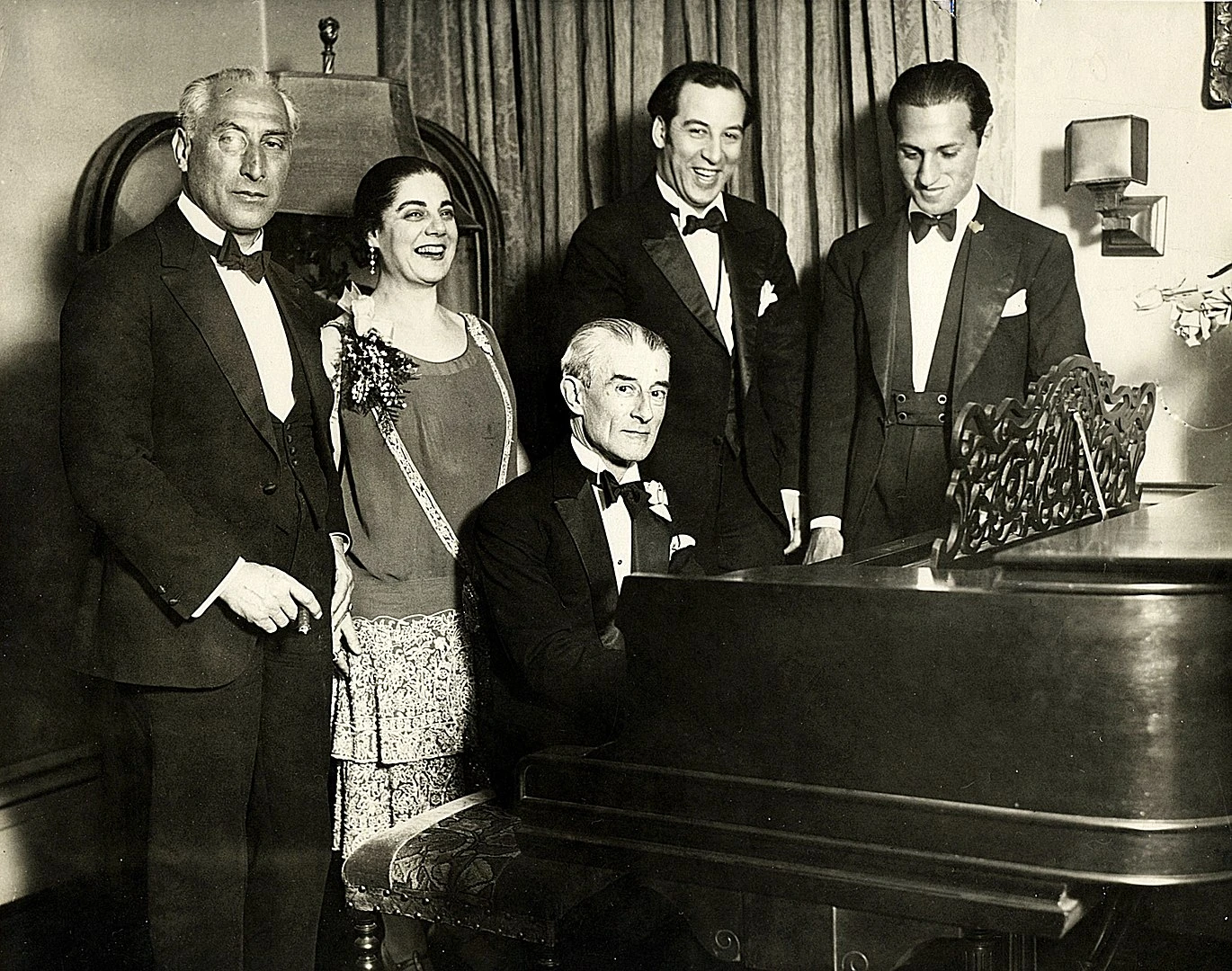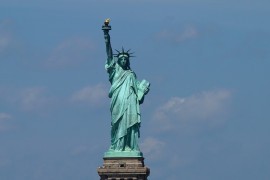A childhood between the Basque Country and Paris
Maurice Ravel was born on March 7, 1875 in Ciboure, near Saint-Jean-de-Luz. His father, a Swiss engineer, was inventive and passionate about mechanics. His mother, of Basque origin, passed on her love of Spanish and Basque folk songs. This heritage would shape all his work, from the Bolero to his piano pieces inspired by Iberian rhythms. The family soon settled in Paris. Ravel studied piano from an early age, entering the Paris Conservatoire in 1889. A brilliant but undisciplined student, he was as passionate about Chopin as he was about Debussy's innovations.
The beginnings of a demanding composer
A drawing by Maurice Ravel / By Maurice Ravel - Le Tombeau de Couperin. Suite for piano Ravel, Maurice (1875-1937). Composer Bibliothèque nationale de France, Music Department, FOL-VM12-6382, Domaine public, https://commons.wikimedia.org/w/index.php?curid=72492764
As early as the 1890s, Ravel was composing piano pieces that revealed his taste for refined harmonies and precise structures. But he was repeatedly unsuccessful in the Prix de Rome, a prestigious competition he would never win, much to the scandal of the musical world. This "Ravel scandal" in 1905 prompted a reform of the Conservatoire. Despite this, he made a name for himself with works such as Pavane pour une infante défunte (1899) and the Jeux d'eau (1901).
A master of orchestration
What sets Ravel apart is his art of orchestration. Every instrument finds a precise place, every timbre is exploited. He is referred to as a "goldsmith of sound". In 1910, his ballet Daphnis et Chloé, commissioned by the Ballets Russes, was hailed as an orchestral masterpiece. Ravel also composed for piano (Miroirs, Gaspard de la nuit), orchestra (Rapsodie espagnole, La Valse) and even song (Shéhérazade).
War and trauma
During the First World War, Ravel enlisted as an ambulance driver. Physically frail, he emerged from the war scarred. The loss of loved ones and the horrors seen at the front left a deep impression on him. After the war, he composed less, but his works gained in dramatic intensity.
Maurice RAVEL playing the piano in 1904.
The birth of the Bolero
In 1928, dancer Ida Rubinstein commissioned Ravel to write a ballet "of Spanish character". Ravel, ill and tired, agreed, but decided to keep it simple: a 16-bar theme, repeated without variation, over an obsessive snare drum rhythm. The result was unexpected: Boléro. Premiered at the Opéra Garnier on November 22, 1928, the work lasts around 15 minutes, built solely on a melody repeated 169 times, which progresses through an orchestral crescendo. What could be monotonous becomes hypnotic, almost spellbinding.
A success... in spite of itself
Ravel himself describes his Boléro as "an orchestral experiment, without any real music". But the public made it a triumph. Today, it is the most-played French work in the world, with millions of listens every year. In 1984, Boléro even enjoyed sporting glory: Torvill and Dean's record-breaking ice dance at the Olympic Games popularized the work with a new audience.
End of life
In the 1930s, Ravel was struck by a neurological illness (probably Pick's disease) that affected his language and creative abilities. He died in Paris on December 28, 1937, aged 62, after undergoing brain surgery. He is buried in the Levallois-Perret cemetery.
Maurice Ravel au Piano : Par Wide World Photos 1928 — Scanned from original photo of Manoah Leide-Tedesco., Domaine public, https://commons.wikimedia.org/w/index.php?curid=15029757
FAQ
Who was Maurice Ravel in French music history?
Maurice Ravel (1875-1937) was a French composer known for his precise orchestrations and major works such as the Boléro.
What is Ravel's Boléro and when was it created?
This orchestral work was composed in 1928 for the dancer Ida Rubinstein. It is based on a theme repeated 169 times.
Why is the Bolero so famous?
Because its hypnotic repetition and orchestral crescendo make it a unique and instantly recognizable work.
How long does the Boléro last?
On average 15 to 16 minutes, depending on the tempo chosen by the conductor.
What was Ravel's personality?
Discreet, a perfectionist, refined, he remained true to his artistic standards, preferring precision to profusion.





